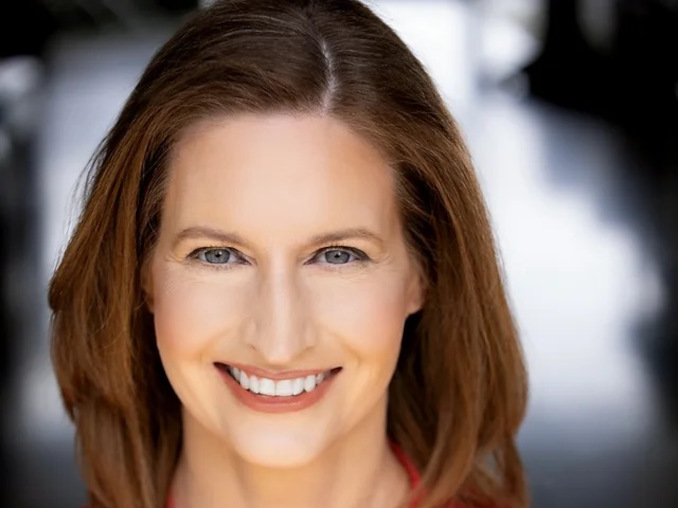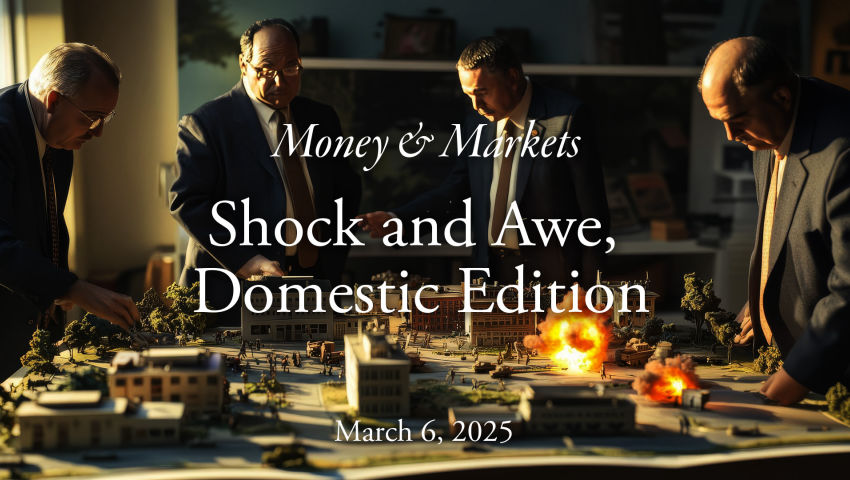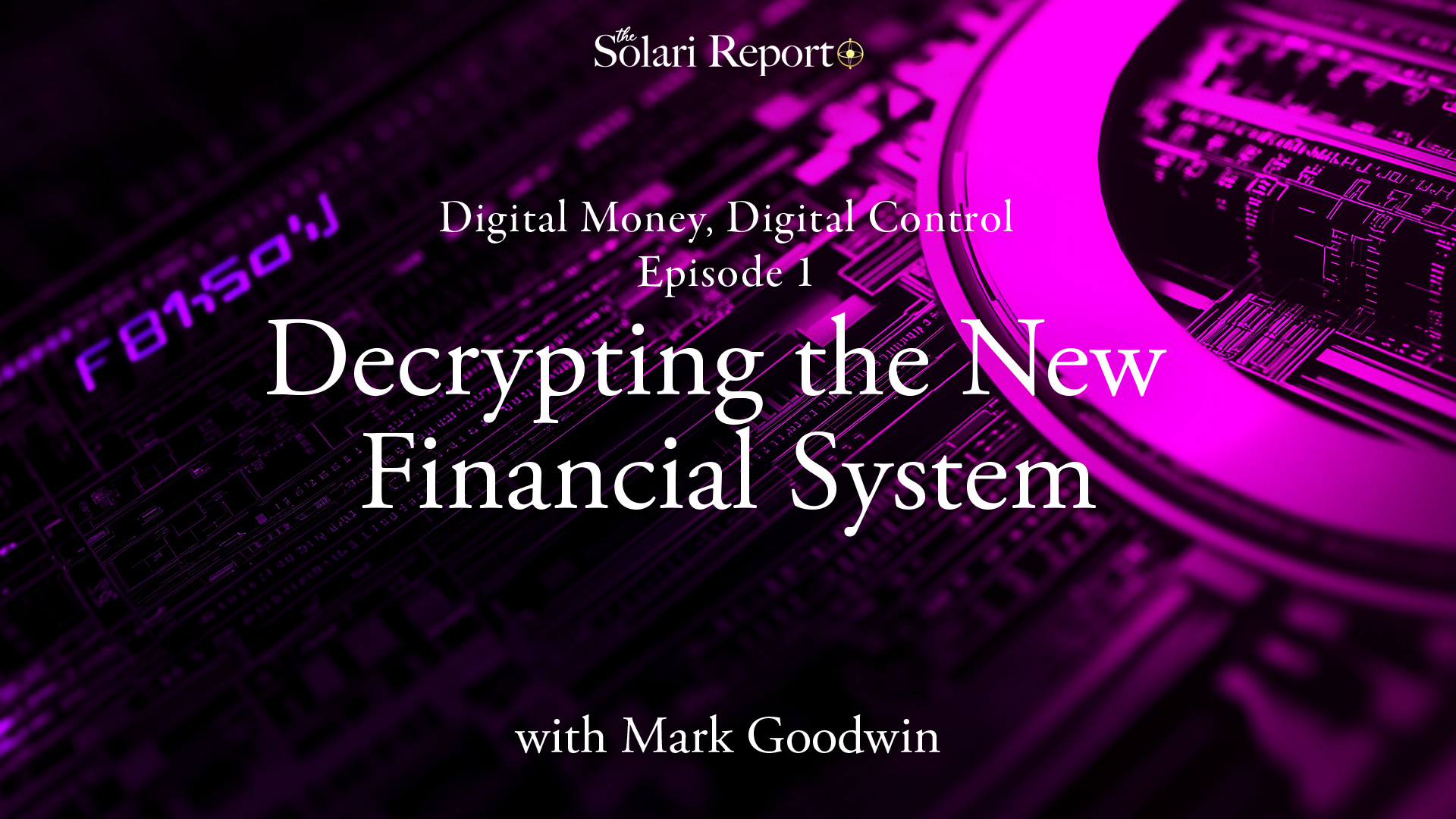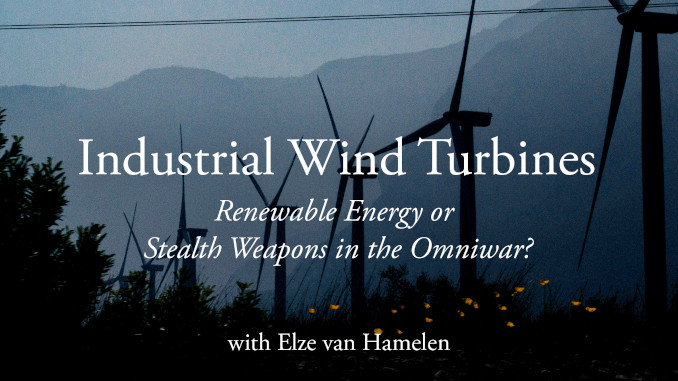
“Either we will have the right to own property or we will be property.” ~ Wayne Hage
By Pete Kennedy
On January 27, 2021, President Joseph R. Biden, Jr. issued Executive Order (EO) 14008, titled “Tackling the Climate Crisis at Home and Abroad.” Section 216 of the EO, “Conserving Our Nation’s Lands and Waters,” calls for the United States “working with State, local, Tribal, and territorial governments, agricultural and forest landowners, fishermen, and other key stakeholders, to achieve the goal of conserving at least 30 percent of our lands and waters by 2030.” Many think the “30×30” means taking 30% of the country’s land and 30% of its water completely out of commission, meaning that livestock grazing, among other activities, would be prohibited on 30% of the nation’s land.
The 30×30 plan raises a number of questions. What is the federal government’s legal authority for this scheme? What percent of the total land in this country does the federal government own? How much of that land does the federal government say is protected? How much land does the federal government need to protect to reach its 30×30 goal? How does the federal government actually define the words “protect” and “conserve”? And most importantly, what do farmers, ranchers, and other private landowners have to watch out for to avoid being snared in 30×30, and what can they do to fight back?
To answer these questions and more, Margaret Byfield, Executive Director of the American Stewards of Liberty (ASL), joins the Food Series. ASL is a 501(c)(3) nonprofit whose mission is to restore property rights and the liberties they secure by defending the use of our land and restoring local control. She has first-hand experience with federal land grabs—her father, Nevada rancher Wayne Hage, had a 27-year court battle with the Federal Bureau of Land Management (BLM) and the U.S. Forest Service over grazing and water rights.
Among other topics, Margaret will cover: the Center for American Progress and its role in 30×30; how the federal government and nongovernmental organizations (NGOs) such as the Nature Conservancy work together to take away the productive use of land; the threat the Endangered Species Act poses to landowners under the 30×30 plan; and federal, state, and local solutions to stop 30×30.
Money & Markets
In Money & Markets this week, John Titus and Catherine will cover the latest events and continue to discuss the financial and geopolitical trends Solari is tracking in 2022. Post questions at the Money & Markets commentary here.
Related Resources:
American Stewards of Liberty – “Stop the 30 x 30 Land Grab”
EO 14008: Tackling the Climate Crisis at Home and Abroad, January 27, 2021, 86 FR 7619 (Sec. 216 on page 7627)
“Peeling Back the Layers of Biden’s 30×30 Land Grab – Margaret Byfield” (Talk at R-CALF Convention, August 2021)
“How Much Nature Should America Keep?” (Matt Lee-Ashley, Center for American Progress)
Resolutions Opposing “30×30”:
Garfield County, Colorado: “Resolution Opposing the Federal Government 30×30 Land Preservation Goal”
Montana Association of Conservation Districts: “21-05: Resolution Opposing the Federal Government’s ‘30×30’ Land Preservation Goal”
Pima Natural Resource Conservation District, Arizona: “Resolution 2021-04-22 Opposing the Federal Government’s ‘30 X 30’ Land Preservation Goal”
Other Information:
“A New National Strategy to Reflect Natural Assets on America’s Balance Sheet” (White House press release, August 18, 2022)
“Wall Street Takeover of Nature Advances with Launch of New Asset Class” (Whitney Webb, Unlimited Hangout, October 13, 2021)
“Net Zero Is Predator Class Policy” (Elizabeth Nickson, Liberty Matters, Issue 13, February 2021; also posted at Substack)
Storm Over Rangelands: Private Rights in Federal Lands by Wayne Hage(Bellevue, WA:Free Enterprise Press, 1989 and later editions)
“American Rancher, Wayne Hage, Sr. Reveals the Secrets of Who Owns America’s Water!”








Info Mar 1, 2022
American Prairie Reserve is a Wallstreet Land Grab Guised as a Conservation Group
“Written by Cato and Brutus,
Do you ever wonder where these so called “conservation groups” get their money from to spend billions of dollars buying up generational ranches and family farms in Montana?
The American Prairie Reserve is well known in Montana as one of the entity’s that are systematically depopulating rural agrarian conservative populations and ending generational family farms established by the brave Men that homesteaded the Montana prairie in the 1800’s. The American Prairie Reserve (“APR”) wants you to think that it is a nonprofit “do-gooder” land conservation group dead-set on bringing the buffalo back.
APR, in its truest form, is a group of New York Wallstreet bankers scamming the people and swallowing up huge swaths of land to increase their land holdings and dominion over the working Montanan. Further, the big money backers of this group, who I will expose later in this writing, have ties with Klaus Schwabs World Economic Forum and other globalists that are dead-set on making sure you’ll own nothing and eat less. Their goal is to eliminate family ranches, local property owners and to, in turn, force all of us to live in densely populated “rat cages” in the city. It’s part of their so called “sustainable development” agenda. It’s a mixture of greed, elitism, and the belief that they are the chosen people vs. ‘us’, the working class; their cattle to be herded and milked of our capital.
APR is the official public name of the bankster land grab organization, but it is not the name that it banks as or handles financial transactions in. The organization only does business as (DBA’s) American Prairie Reserve. According to AUDITED CONSOLIDATED FINANCIAL STATEMENTS (2018-2019), the actual name of the organization is Montana Prairie Holdings, LLC. On APRs official website, they show a whopping 25 people on the board of directors. However, if you look up the board of governance for Montana Prairie Holdings, LLC there is only 4 members in charge of it. The chief executive officer, Laura Huggins, whose accomplishments seem largely insignificant, was placed as the chief executive to divert attention away from the next three on the list. The three with all the money are as follows: David Coulter who is listed as vice chairman. George Matelich who is listed as the Managing director and Gib Myers who is listed as another vice chairman.”
-continued-
https://www.peoplesrights.org/news_view?/american-prairie-reserve-is-a-wallstreet-land-grab-guised-as-a-conservation-group&id=da8bdcb1-de6e-46db-a47f-4feb3e42620d
How the Park Service Sold Out Point Reyes National Seashore to the Livestock Industry
September 29, 2021
by Erik Molvar
“Thirteen ranchers won a sweeping victory this week, defeating the interests of three million annual visitors to Point Reyes National Seashore, by securing a plan amendment that extends their commercial livestock operations on Park lands for at least 20 years. The plan amendment – the first epic public lands fail by the nascent Biden administration – sells out native ecosystems, rare wildlife, and the beachgoing public. The plan extends beef and dairy operations well beyond the terms well Congressional intention for the Seashore’s establishment in 1978, which prescribed livestock leases for “a definite term of not more than twenty-five years, or, in lieu thereof, for a term ending at the death of the owner or the death of his or her spouse, whichever is later.”
Let’s call it the Point Reyes National Scandal.
With its decision, the National Park Service perpetuates the following 12 environmental problems, indeed enshrines them in future park management. The Park Service ignores the overwhelming proportion of public comments urging the agency to solve each one by the simple act of ending the leasing of Park Service lands for commercial agriculture. Each one of the following major problems, by itself, presents sufficient cause to compel the Park Service to end commercial ranching on Point Reyes National Seashore for good.
1. Harassing and killing the rare tule elk.
2. Blocking natural migrations and recovery of tule elk populations.
3. Polluting streams and causing a public health menace.
4. Destroying native ecosystems.
5. Spreading zoonotic diseases.
6. Worsening climate impacts.
7. Subsidizing avian predators.
8. Blocking public access to public lands.
9. Spreading liquified manure on public lands.
10. Authorizing row crop cultivation on Park Service lands.
11. Frustrating the recovery of salmon and steelhead runs.
12. Extending cattle leases from 5 years to 20 years.
In the final analysis, the Biden Administration’s decision for Point Reyes National Seashore is little more than the Trump plan with a few minor tweaks that cannot mask the dirty dozen environmental problems listed above. Each problem so severe and outrageous that responsible Park Service leadership would have shut livestock operations down years ago. The new plan still authorizes native tule elk to be hazed – and even killed – to suit the whims of cattle operations. It keeps the ecologically indefensible concentration fence up on Tomales Point, preventing the vast majority of the park’s elk from migrating freely and moving to more suitable habitats when water holes dry up and forage is insufficient. It prolongs the practice of plowing up native grasslands to produce invasive crops to feed the cattle, leading to more butchery of ground-nesting birds and deer fawns every time the fields are harvested with a combine. It continues the practice of liquifying millions of gallons of manure and spreading them on Park Service lands. And most significantly, it exchanges 5-year leases for livestock production for 20-year leases, prolonging the degradation of park lands and resources to the detriment of wildlife and public recreation. In effect, the new plan is worse than the old plan.”
https://www.counterpunch.org/2021/09/29/how-the-park-service-sold-out-point-reyes-national-seashore-to-the-livestock-industry/
Having lived around a park where long time (sometimes generational) residents–think “stewards”– continued to be pushed out, I saw first hand the pollution that “just-visiting” humans bring, including e coli as well as an utter lack of connection to the land outside of a selfie. Usually with the requisite “Keep Tahoe Blue” bumper sticker on a giant SUV sitting in bumper to bumper traffic to a “pristine”, and leaving little presents of human waste wrapped with a toilet paper bow. Oh yes, and the gas-guzzling lines of traffic (not to mention the tons of break dust no one talks about spilling off the roads). I wonder if we could look at their 401k’s and see what companies they are invested in through mutual funds that absolutely desecrate places in other countries. These factors usually aren’t addressed in the environmental impact articles. It would have been a whole lot easier and cheaper to simply work with the ranchers to clean them up where needed.
It’s not an easy issue right off the bat. Yes, there’s no place for factory farming, and yes, there better be better practices of regenerative farming on such lands, and indeed, there are at least some out there.
https://www.sonomamag.com/point-reyes/
Peter, Thank for your reply. I received it too late at night to reply but will consider it later.
Did you read my other comment? It was quite the opposite from the first one. I have mixed opinions on environmental issues. I want good environmental policy in the US in the end.
The intent of Congress when it created the Point Reyes National Seashore was for farming and wilderness to coexist in the park- there was no intention to eliminate farming at Pt. Reyes. The ranchers were more fortunate than Drakes Bay Oyster Company, a community institution
for over 80 years at Pt Reyes. Environmental groups were successful in shutting down the oyster farm in 2014.